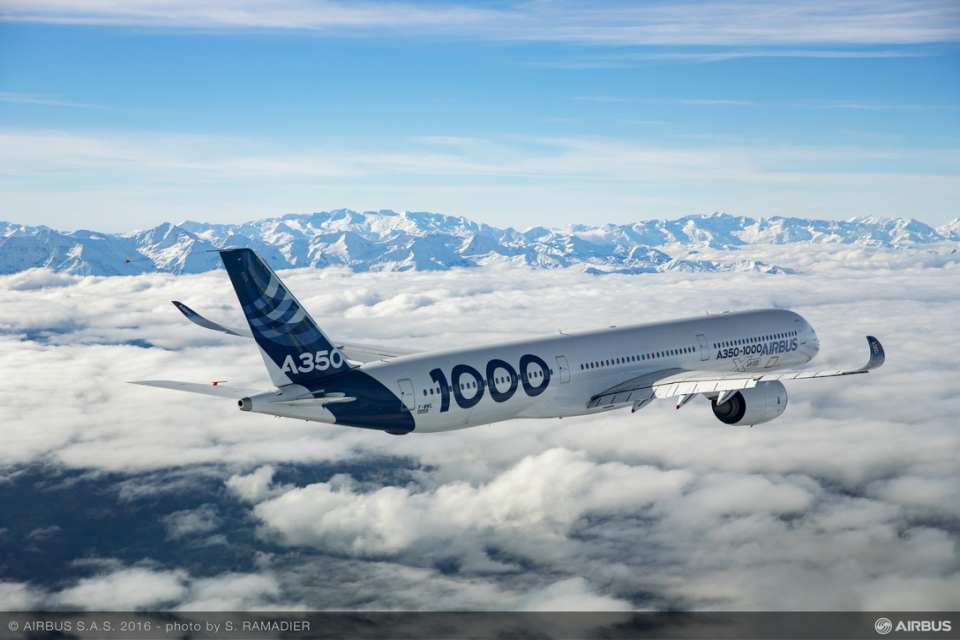Aviation
Airbus A350-1000 receives EASA and FAA Type Certification

Toulouse, 21st November 2017 – Following an intensive flight test campaign performed in less than a year, the A350-1000 has received Type Certification from the European Aviation Safety Agency (EASA) and the Federal Aviation Administration (FAA). The certified aircraft is powered by Rolls-Royce Trent XWB-97 engines.
The EASA A350-1000 Type Certification document was signed by EASA’s Certification Director, Trévor Woods, and the FAA A350-1000 Type Certification document was signed by FAA’s International Section Manager, Bob Breneman. Both certificates were handed over to Airbus Executive Vice President Engineering, Charles Champion.
“Receiving the A350-1000 Type Certification from EASA and FAA less than one year after its first flight is an incredible achievement for Airbus and for all our partners who have been instrumental in building and testing this superb widebody aircraft,” said Fabrice Brégier, Airbus COO and President Commercial Aircraft. “The A350-1000 benefits from the maturity of its successful brother, the A350-900, which has translated into excellent right-on-time performance. We now look forward to deliver the first aircraft to Qatar Airways by the end of the year.”
The Type certification is a requirement for the aircraft to enter commercial service. This milestone comes after an intensive flight test trials that have taken its airframe and systems beyond their design limits to ensure the aircraft successfully meets all airworthiness criteria. The three A350-1000 flight test aircraft powered by Rolls-Royce engines successfully accumulated over 1,600 flight hours. Of these 150 flight test hours were completed with the same aircraft in an airline like operational environment to demonstrate its readiness for entry into service.
The A350-1000 is the latest member of Airbus’ leading widebody family, showing high level of commonality with the A350-900 with 95% common systems part numbers and Same Type Rating. As well as having a longer fuselage to accommodate 40 more passengers than the A350-900 (in a typical 3-class configuration), the A350-1000 also features a modified wing trailing-edge, new six-wheel main landing gears and more powerful Rolls-Royce Trent XWB-97 engines. Along with the A350-900, the A350-1000 is shaping the future of air travel by offering unprecedented levels of efficiency and unrivalled comfort in its ‘Airspace’ cabin. With its additional capacity the A350-1000 is perfectly tailored for some of the busiest long-haul routes. To date 11 customers from five continents have ordered a total of 169 A350-1000s.






